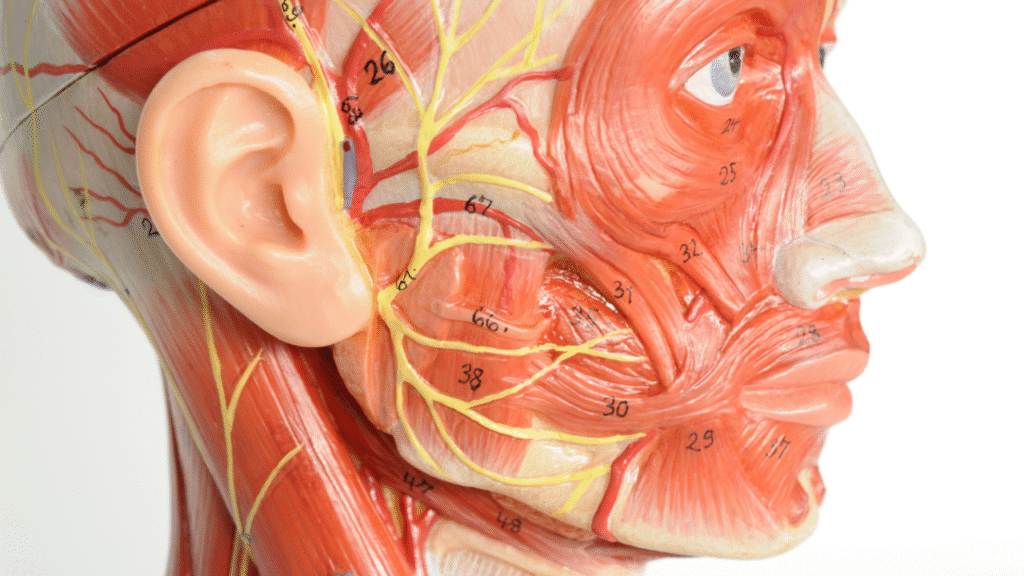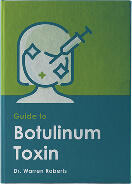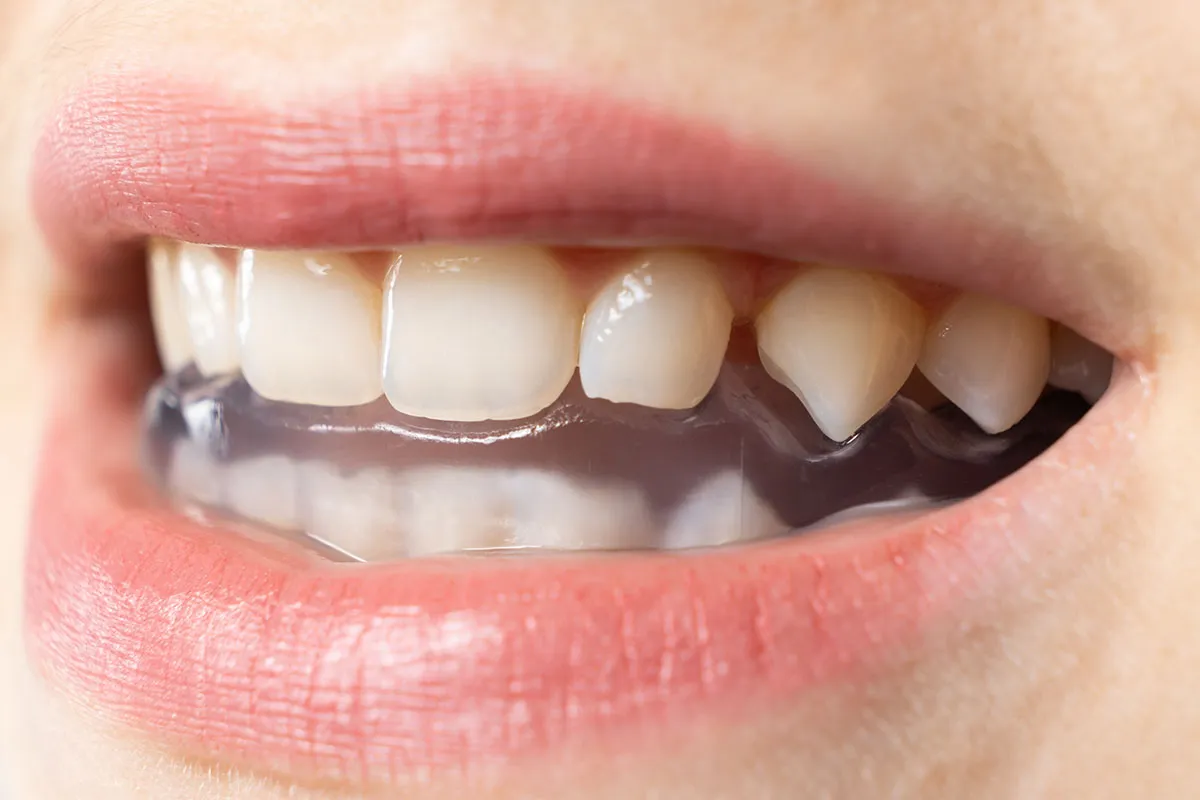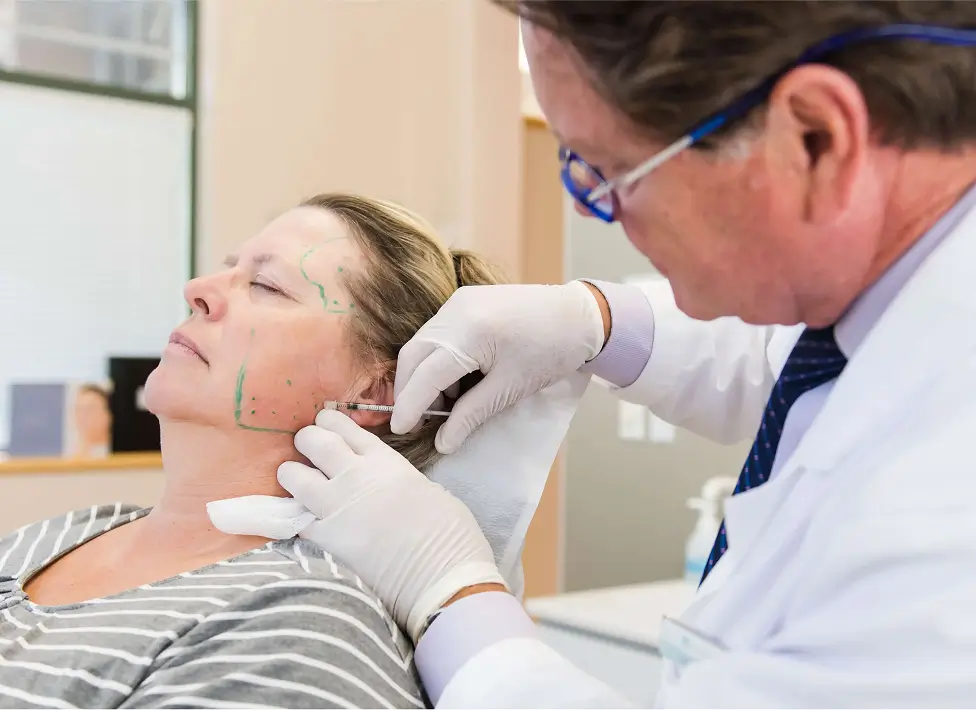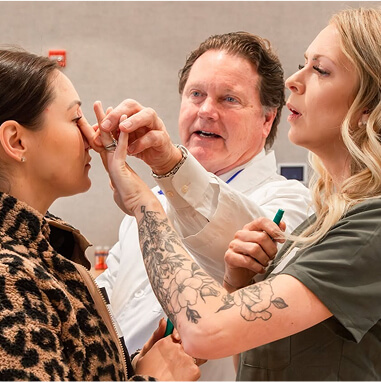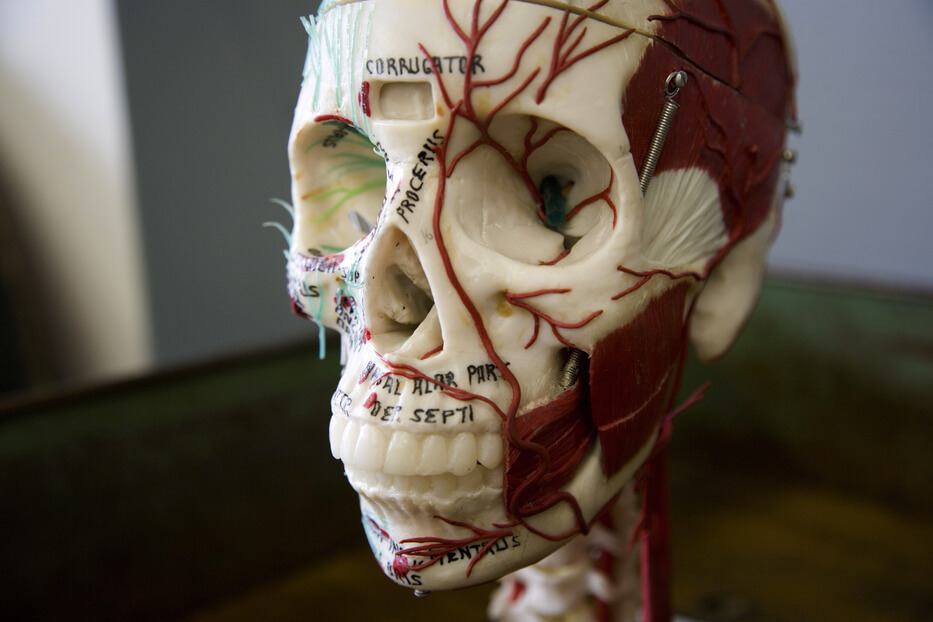Delivering accurate and effective facial aesthetic and therapeutic injectable treatments relies on understanding and applying anatomical marking techniques. These techniques ensure safe and predictable outcomes in each treatment session.
Here, we’ll explore the impact of anatomical marking techniques on injectable procedures, including their role in boosting patient satisfaction and improving treatment consistency.
Fundamentals of Anatomical Marking Techniques
Anatomical marking techniques provide doctors, dentists, and nurses with a clear map of injection points for every facial injectable treatment. This approach reduces the chances of complications, helping you place each injection exactly where it’s intended, whether for cosmetic enhancement or therapeutic relief.
With growing patient demand for injectables, anatomical marking techniques are now more crucial than ever. By mastering these markings, you can consistently deliver safe and accurate results, avoid common risks like asymmetry, and support your patients’ long-term satisfaction and confidence in their care.
The PTIFAT Approach to Anatomical Marking
PTIFAT’s methods, including our unique PTIFAT Wheel Injection Technique, help doctors, dentists, and nurses apply markings that guide safe and effective injection placement. Through PTIFAT’s hands-on training, you’ll practice identifying and marking specific injection points, ensuring precision in facial, neck, and jaw treatments.
By joining PTIFAT’s courses, you’ll gain practical experience that directly enhances your clinical work. As a graduate of PTIFAT, you’ll be ready to apply these techniques confidently, improving outcomes and helping patients achieve their aesthetic and therapeutic goals.
Benefits of Accurate Anatomical Marking
Using anatomical markings reduces risk and boosts trust, helping to set patient expectations clearly and deliver natural results. Your patients benefit from consistent, reliable outcomes, making them more likely to return for further treatments and recommend your services.
These markings also make it easy to communicate your treatment plan with patients, showing them which areas will be treated and setting expectations for results. Implementing this approach can improve patient satisfaction, case acceptance rates, and long-term loyalty.
Anatomical Marking Techniques in Practice
PTIFAT graduates report that using our anatomical marking techniques, including the PTIFAT Wheel Injection Technique, allows them to consistently achieve natural, symmetric results. For example, one graduate found that adopting these techniques improved their ability to treat facial muscles with accuracy, meeting both therapeutic and aesthetic goals.
PTIFAT’s courses address real-world challenges, such as muscle variations and patient movement, so you can apply these methods smoothly in your practice. With our training, you’ll know how to handle common challenges and consistently deliver safe, predictable results.
The Future of Anatomical Marking Techniques
The future of injectable procedures includes innovations in marking techniques, digital tools, and other methods that improve anatomical accuracy. PTIFAT continues to support practitioners in staying current with these advancements, ensuring you’re equipped to meet the evolving needs of facial injectable procedures.
Conclusion
Mastering anatomical marking techniques allows doctors, dentists, and nurses to deliver outstanding patient care in facial aesthetic and therapeutic injectable procedures. With PTIFAT’s training programs, you’ll gain the confidence and skills to achieve reliable outcomes and improve patient satisfaction.
Explore our cours to learn more about integrating these techniques into your practice.
